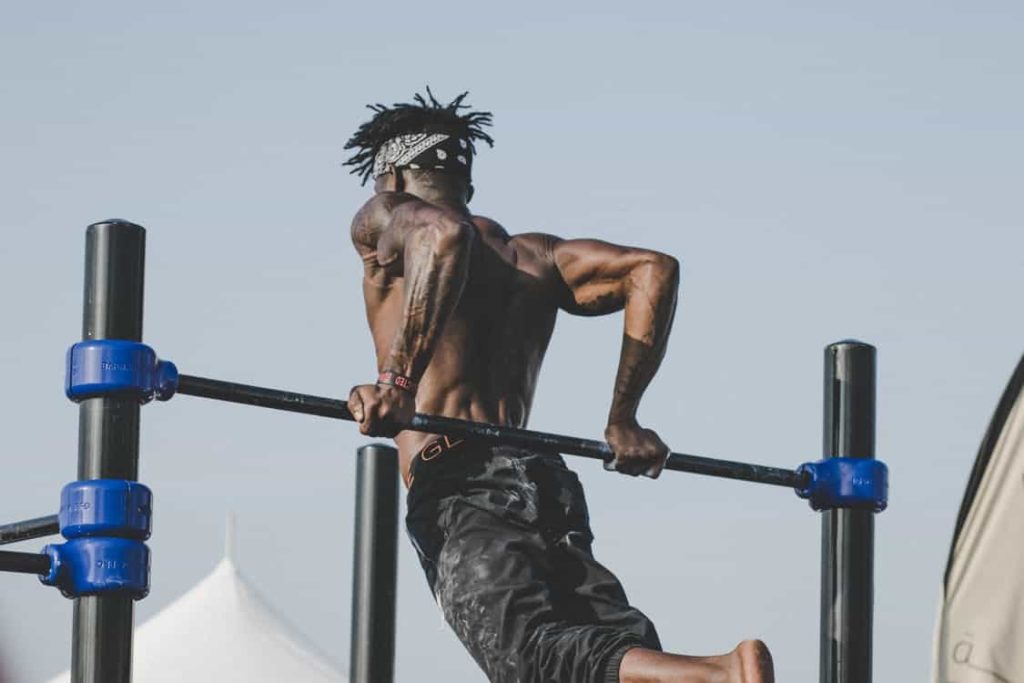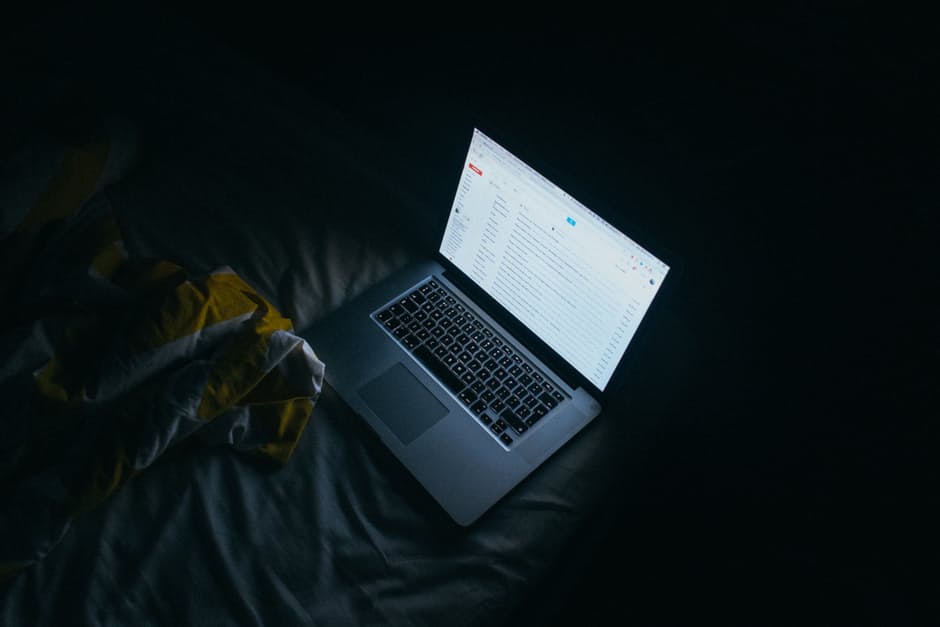Between work, kids, dating, and everything else in between, we’re all looking to get the most bang for our buck when it comes to fitness. Who has time to spend hours in the gym when you have a million things to check off on your to-do list? Turns out you don’t need to waste your week away spending hours on cardio machines, thanks to a little thing called the afterburn effect.
Perhaps you’ve heard it referred to as the “afterburn effect myth,” because it really seems to be too good to be true. And we all know that if it’s too good to be true, it probably is right? Not so much…
Let me explain.
What is the Afterburn Effect Myth?
For starters, the afterburn effect is the less formal way to say Excess Post-Exercise Oxygen Consumption (try saying that five times fast). To save us time, from here on out we’ll refer to Excess Post-Exercise Oxygen Consumption as either EPOC or the more casual term, afterburn.
Without getting too scientific on you, EPOC is the replenishment of oxygen your body after a workout to return it back to it’s normal pre-exercises state. The result of EPOC? The continuation of burning calories even after you stop working out. Here’s how it works.
When you workout, your body uses adenosine triphosphate (ATP) to fuel that workout. ATP can be produced 2 ways: aerobically (with oxygen) or anaerobically (without oxygen).
During the “warm up” phase of your workout – when you’re at a low to moderate heart rate – your body primarily utilizes aerobic pathways. If you were to stay in your warm up heart rate zone for the duration of your workout – or let’s say, maintain a low pace on the elliptical for an hour, for example – your body would continue to act aerobically. It’s when you start to push into those high intensity workouts – think heart pumping, sweat dripping, hardcore sprints – that you start to produce ATP anaerobically. And that’s when the good stuff, meaning the afterburn effect, really starts to come into play.
I’m Confused!
Stay with me! If you’re doing steady-state cardio (let’s use our hour on the elliptical example), your body is working aerobically – with oxygen. If you’re doing something more intense and intermittent (like those hill sprints), your body is working anaerobically – without oxygen. Since you’re working sans oxygen, your body needs to replenish its oxygen stores once you’re done with your hill sprints in order to recover from all that intense work you just did.
The body starts producing excess amounts of oxygen to make up for all that was lost. Hence the term, Excess Post-Exercise Oxygen Consumption. Sorry… EPOC! I said we were saving time by skipping the full terminology.
During this time of EPOC, oxygen is used to return your body back to its pre-exercise state. Some of the physiological changes that happen post workout due to EPOC are bringing the body back to a normal temperature, replenishing glycogen in muscles, and removing lactic acid (the reason behind that burning sensation you feel during an intense workout), among others.
To sum it up, the afterburn effect is the post-workout physiological occurrence of replenishing your body’s “oxygen debt” after a workout. “Oxygen debt” refers to the oxygen lost during a workout. Makes sense, yeah?
Yeah! What does oxygen have to do with burning calories though?
During EPOC, the body is restoring itself to its pre-exercise state, and thus is consuming oxygen at an elevated rate. This means that energy is also being expended at an elevated rate. As your body consumes oxygen at a heightened rate, energy is spent at a heightened rate. Energy, by the way, is just another way to say “calories.”
Basically, your body needs to burn calories in order to consume oxygen. Meaning, the more oxygen your body takes in, the more calories it burns. The more calories your body burns, the greater your Resting Metabolic Rate (RMR) becomes. The greater your RMR becomes, the more calories you burn while not working out, otherwise known as a “resting” state.
This is the part where you say “No way! This can’t be true! Now I know why it’s called the ‘Afterburn Effect Myth!”
But hear me out. Let’s have science prove that the afterburn effect myth isn’t a myth afterall.
One study showed an increased RMR for up to 14.5 hours in participants after strenuous exercise and another study showed an increased RMR for up to 16 hours after exercise.
This is the afterburn effect. The continuation of burning calories in a rested state after you’ve completed a workout. Ahhh, the term afterburn makes sense now. This afterburn means that you can workout for 30 minutes and still reap all the great benefits for close to an entire day after the fact. Pretty sweet, right?
Damn straight! Now, how do I get it?
As we discussed before, the most effective way to optimize the afterburn effect is through exercises that utilize the anaerobic system. What kind of exercises use the anaerobics system? Glad you asked! Quick high intensity exercises do. Like those hill sprints we talked about before. Research shows that that kind of training, in addition to resistance training, is best when it comes to enhancing EPOC and afterburn. You could say then, that interval and resistance training are great afterburn effect exercises.
Chantal A. Vella, Ph.D. and Len Kravitz, Ph.D., both members of University of New Mexico’s Exercise Science department write, “As exercise intensity increases, the magnitude and duration of EPOC increases. Therefore, the higher the intensity, the greater the EPOC and the greater the caloric expenditure after exercise.” And if you were going to trust anyone on the subject, let it be these guys. Kravitz was inducted into the National Fitness Hall of Fame in 2016 (!).
So if you’re looking to test out the afterburn effect myth for yourself, what better way than to test out a few afterburn effect exercises? Whether it be a cardio interval workout or a strength-based one.
Awesome! This means I can do a few killer afterburn effect exercises and then just eat whatever I want because my body will continue to burn calories, right?
Well, not exactly. I mean sure, you definitely could do that but I wouldn’t recommend it unless you’re trying to make those #gains. We often see the phrase “abs are made in the kitchen” thrown around. And while I’m not here to say that getting abs should be your main fitness goal, if you are looking to lose weight and lower your body fat percentage, you’ll still want to maintain a healthy, balanced diet in order to do so.
The afterburn effect is no myth. However, we have no research that says it works the same for everyone or burns a definitive amount of calories. Every single human body works differently and reacts differently than the body next to them. What an amazing thing, isn’t it?!
To get the most out of your afterburn effect exercises, fuel your body with whole foods and healthy snacks while pushing it through those intense workouts followed by proper recovery. Experiment with different forms of workouts, and different types of foods to determine what works best for your body.
And to all the people who said it’s too good to be true…well, you can keep up your hour long bouts of boring steady-state cardio, I’ll just be over here fueling the afterburn fire during my next half-hour CrossFit WOD.





